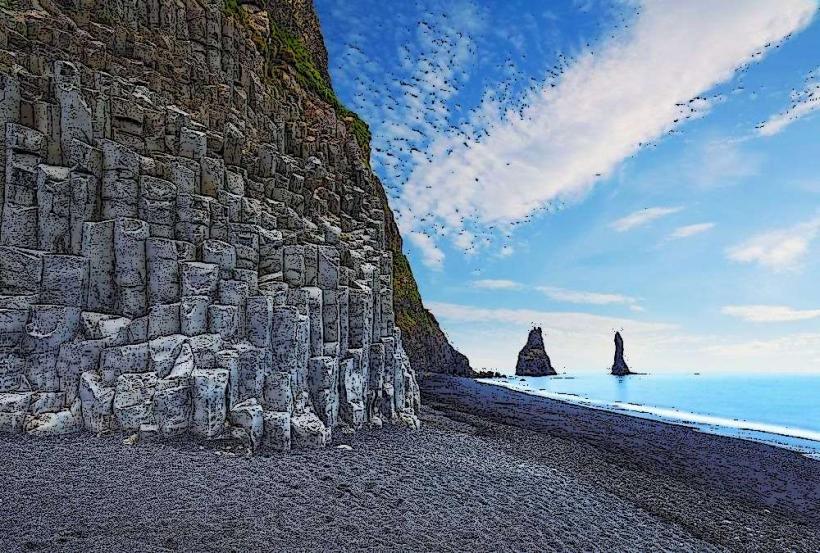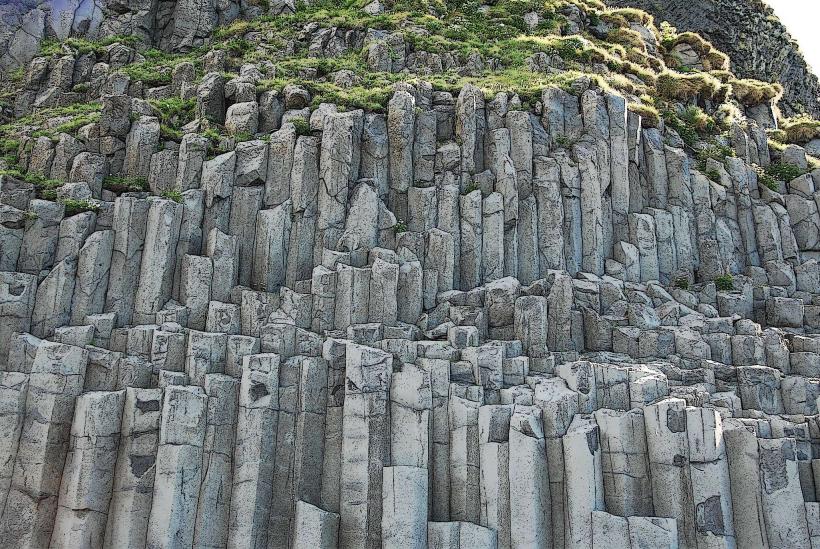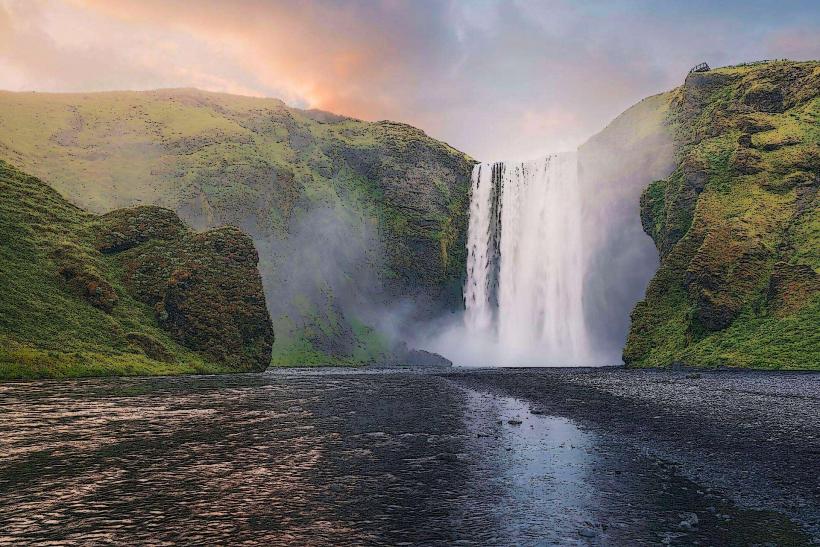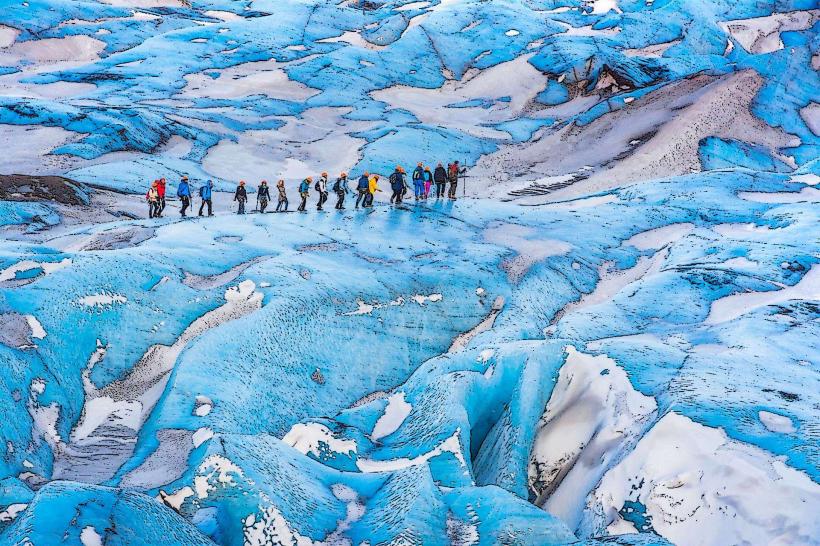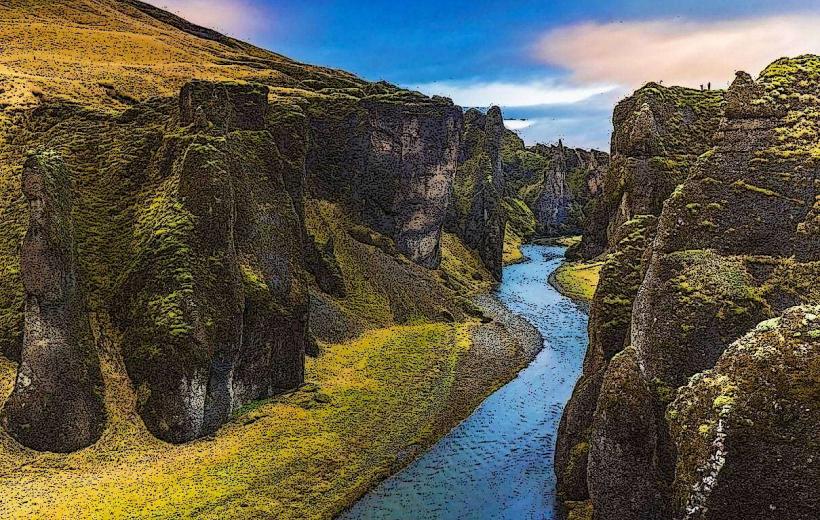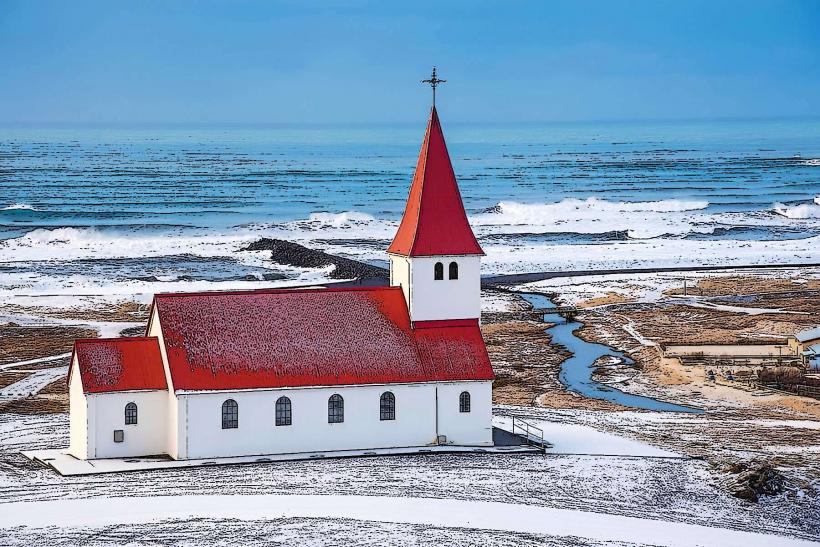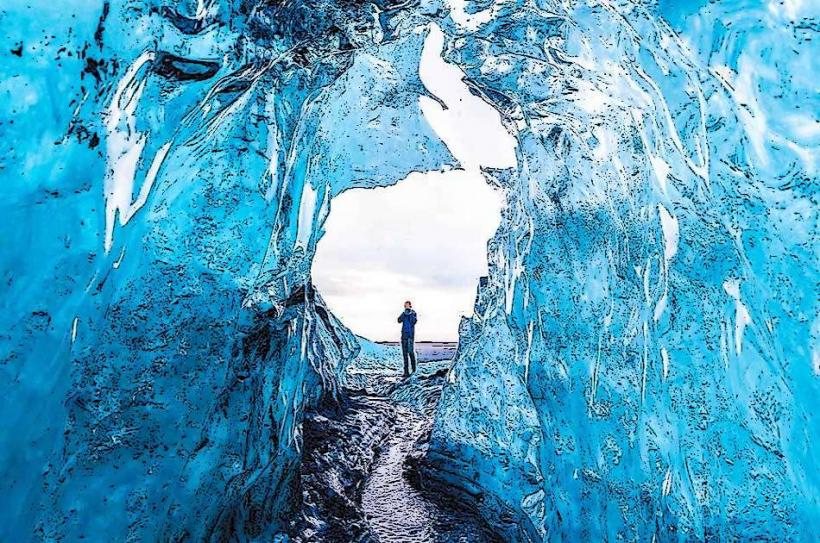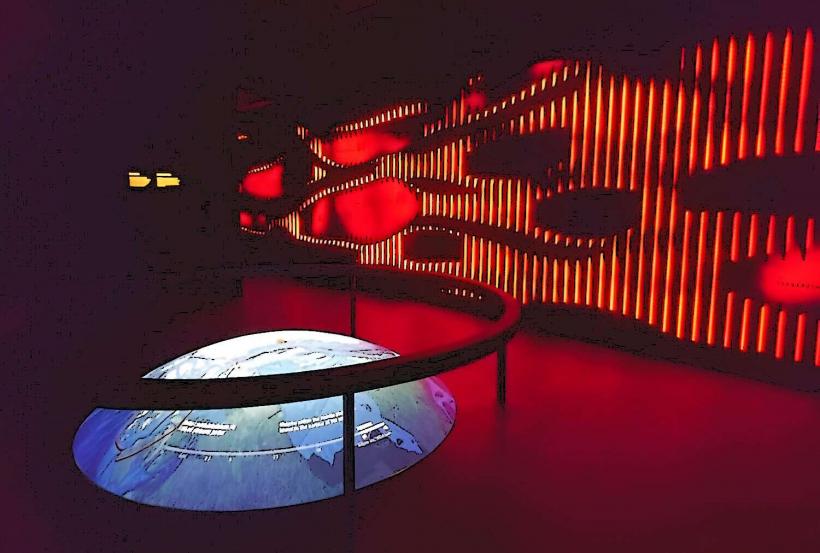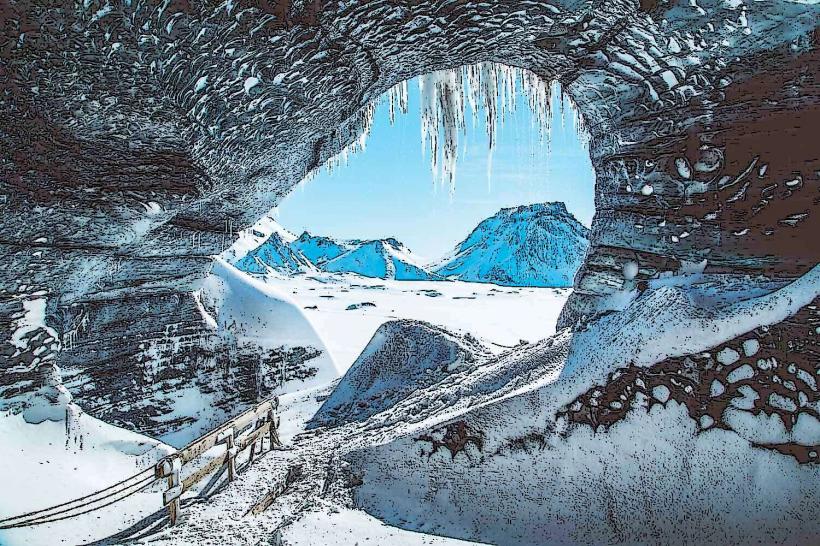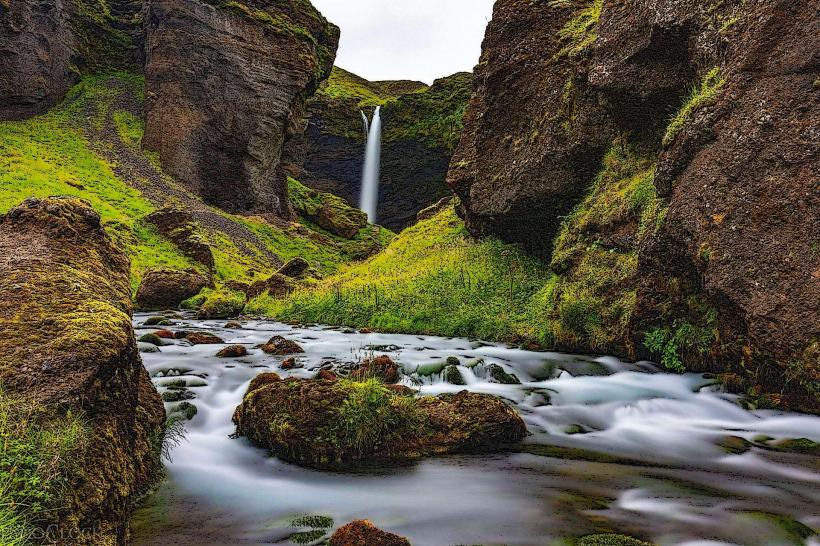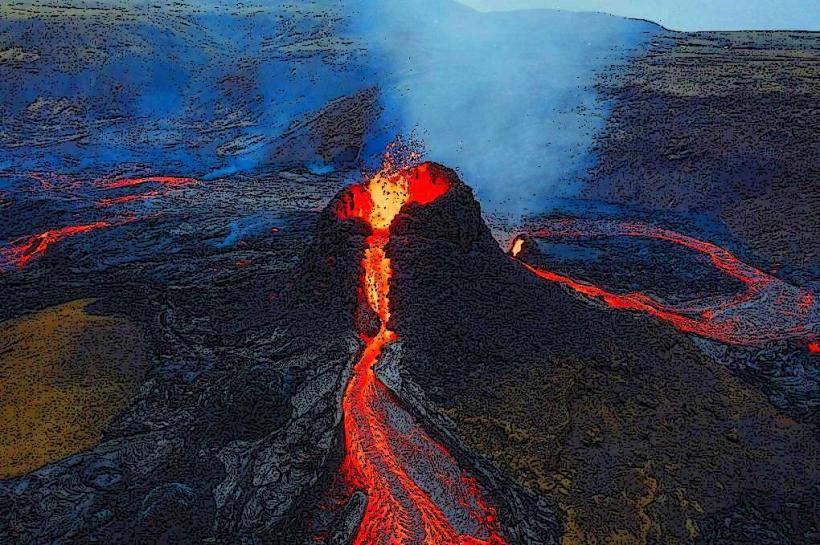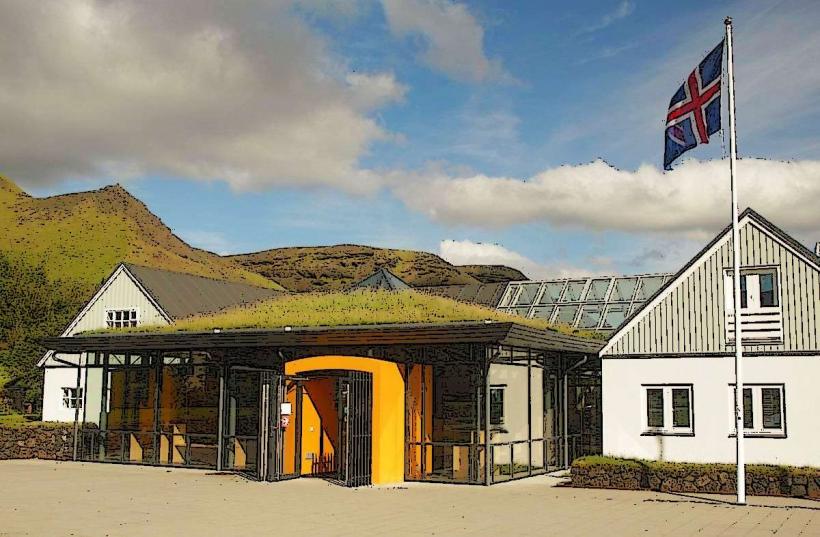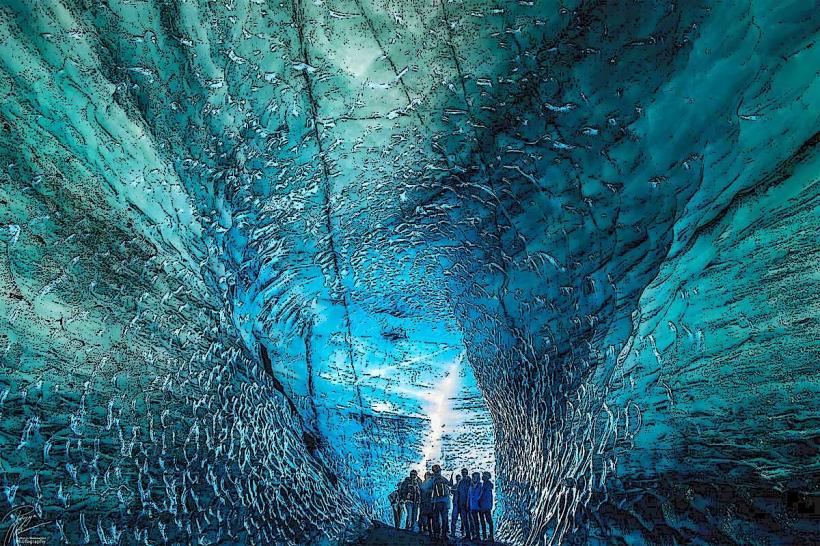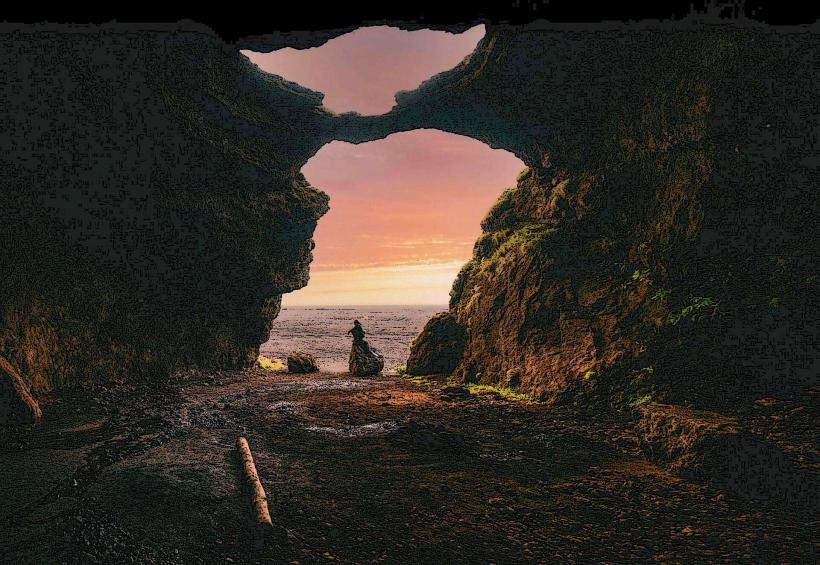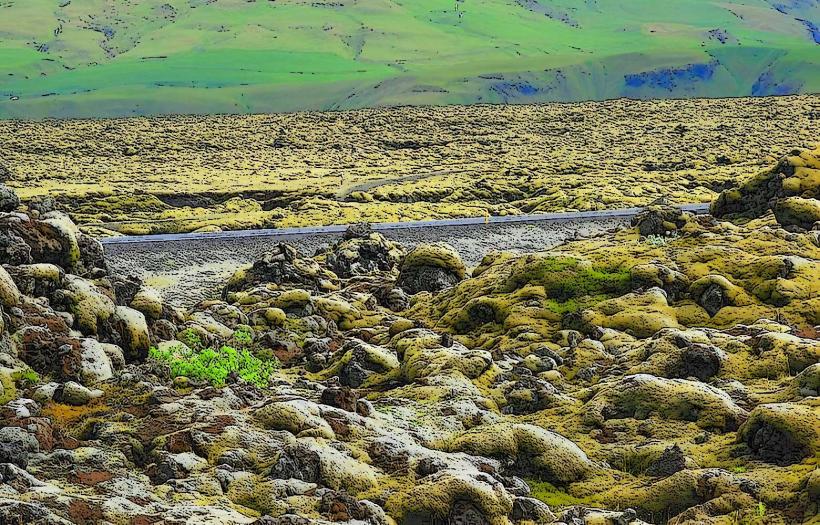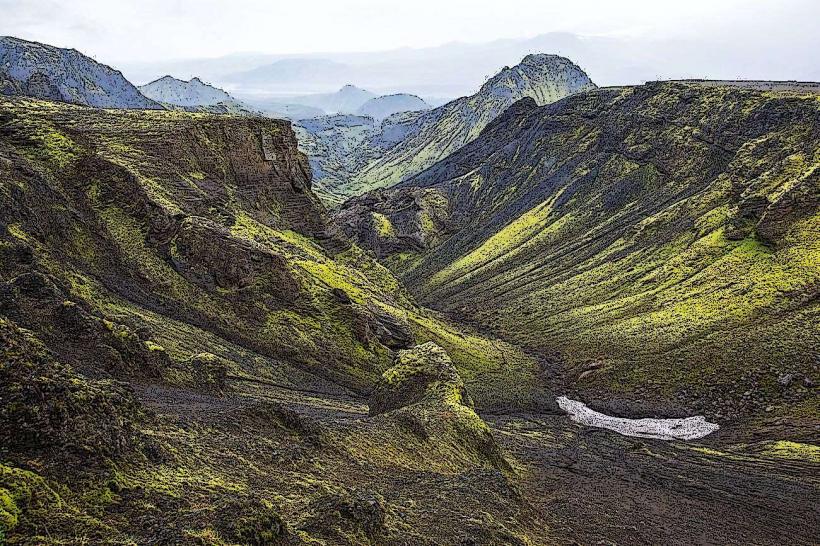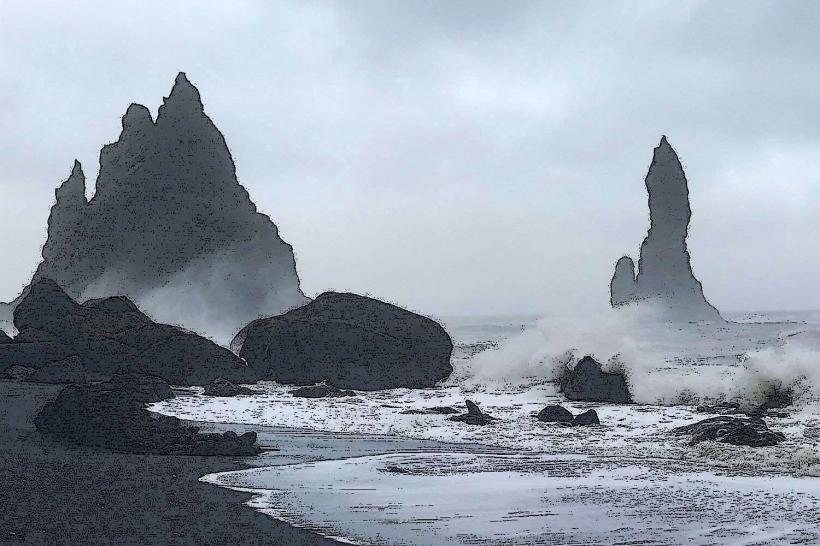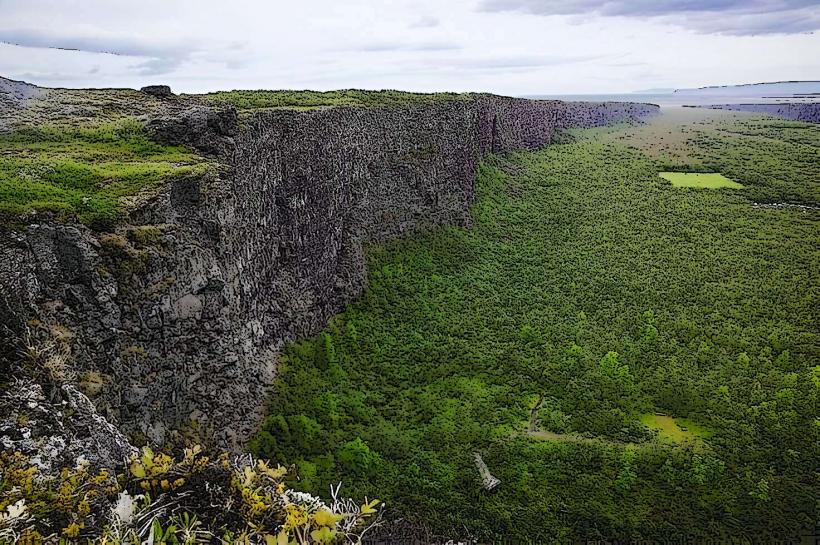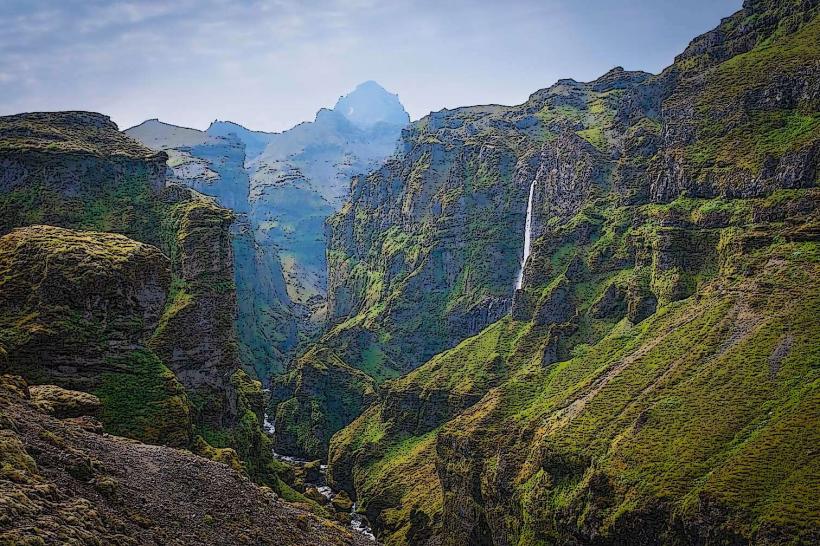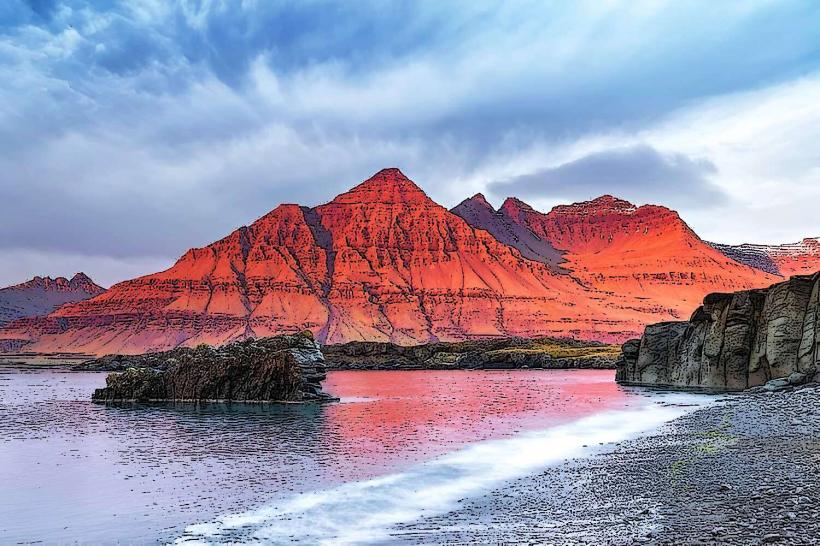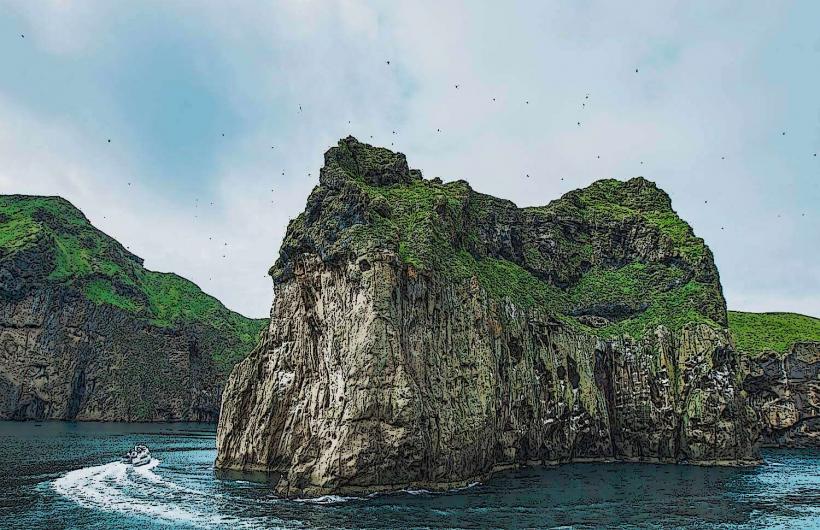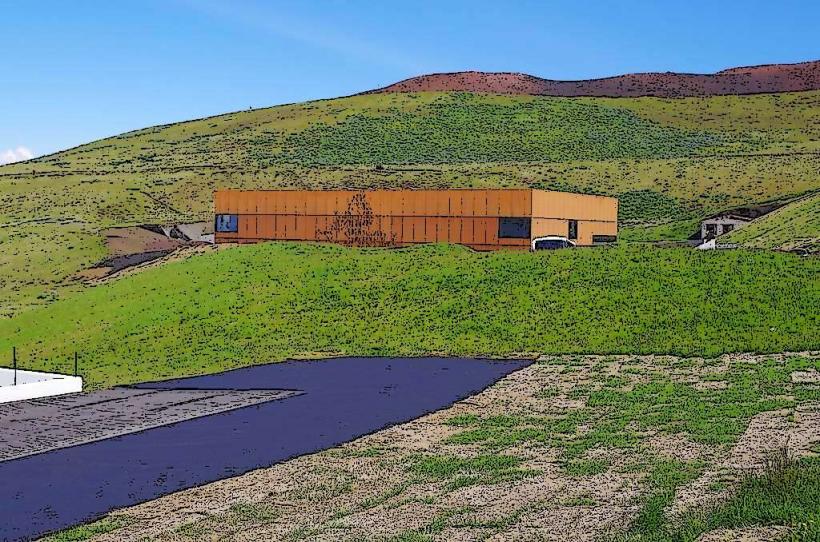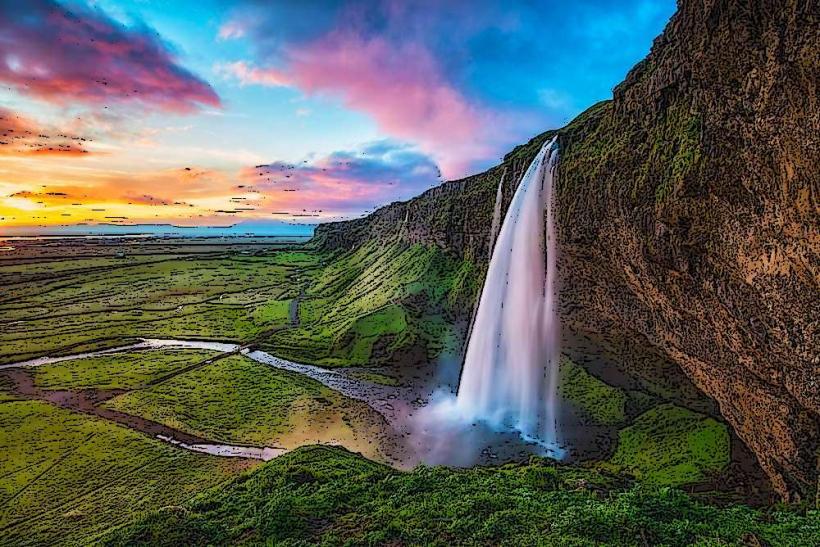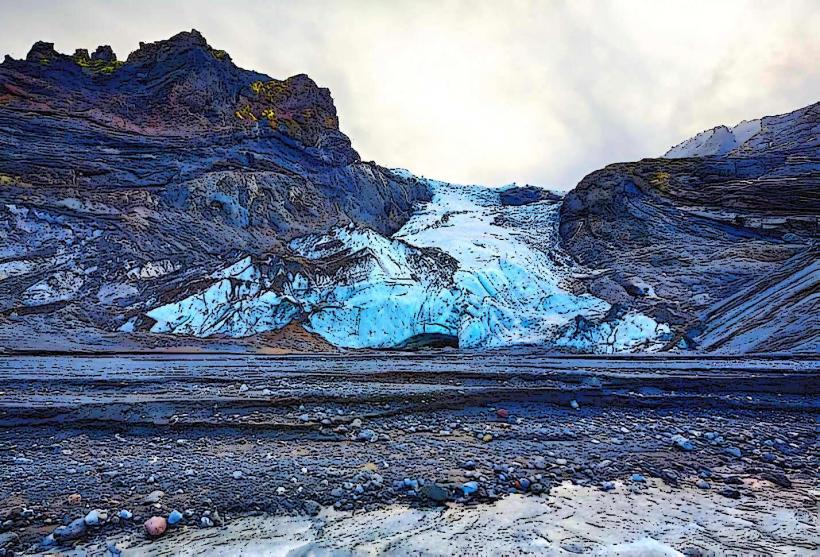Information
Landmark: Surtsey IslandCity: Vik
Country: Iceland
Continent: Europe
Surtsey Island is one of the most geologically significant and youngest landmasses on Earth. Located off the southern coast of Iceland, near the town of Höfn and the island of Heimaey in the Vestmannaeyjar archipelago, Surtsey is a volcanic island that emerged from the sea as a result of a dramatic volcanic eruption that began in 1963.
Geological Formation
Volcanic Eruption: Surtsey Island was formed by a volcanic eruption that began on November 14, 1963. The eruption took place underwater, approximately 130 meters (430 feet) below sea level, near the southeastern coast of Iceland. The volcano continued to erupt for several years, and by 1967, the island had fully emerged from the sea, reaching its current size.
Name and Significance: The island is named after Surtur, a fire giant from Norse mythology. The eruption was highly explosive at first, with large amounts of ash and lava being ejected from the seabed. Over time, the eruptions slowed, and the island grew larger as the lava solidified and accumulated.
Volcanic Activity: Although the eruptions stopped in 1967, the island remains an active geological site. The volcanic activity significantly altered the surrounding seabed and the area's ecology. Researchers continue to monitor Surtsey for any signs of future volcanic activity.
Ecological and Scientific Importance
Natural Laboratory: Surtsey is a scientific treasure trove because it provides a rare opportunity to study the processes of colonization by plants and animals. As one of the newest landmasses on Earth, it offers a unique natural laboratory for scientists studying ecological succession—the gradual process by which life returns to an area after a disturbance, such as a volcanic eruption.
Pioneering Species: Shortly after the island's formation, scientists began documenting the arrival of plant life, insects, and birds. The first species of plants arrived in 1965, and since then, over 70 species of plants have been recorded on the island. The presence of various species is closely monitored to understand how life gradually establishes itself on new land.
Birdlife: The island is particularly important for seabirds, which are attracted by its cliffs and the surrounding marine environment. Birds such as puffins, gulls, and kittiwakes have all nested on the island since the eruption, with some species arriving in the early years of its formation. The bird populations on Surtsey play an important role in its ecological development.
Invasive Species Control: One of the challenges in maintaining Surtsey as a pristine research site is the control of invasive species. Efforts are made to limit human interaction with the island to prevent non-native species from disturbing the natural ecological process.
Protected Status and Research
UNESCO World Heritage Site: Due to its scientific importance, Surtsey was designated as a UNESCO World Heritage Site in 2008. The site is one of the most important ecological research sites in the world, and its strict protection ensures that the natural processes on the island can continue without significant human interference.
Access Restrictions: Because of its status as a protected research site, public access to Surtsey is strictly controlled. Only authorized scientists and researchers are allowed to land on the island for study purposes, ensuring that the natural environment remains undisturbed. However, boat tours around the island are available, offering visitors a chance to see the island from a distance and learn more about its formation and ecological development.
Ecological Evolution
First Plant Life: The first plants to colonize Surtsey were simple species, such as mosses and lichens. Over time, the island has seen the arrival of more complex plant species, including grasses, shrubs, and even some trees. This progression of plant life has been accompanied by the establishment of various animal species, such as insects, which are vital for pollination and ecological balance.
Soil Development: The development of soil on Surtsey has been slow but steady. Early soil formation began from weathered volcanic rock and the decaying remains of plants and animals. Over time, this soil has supported the growth of more diverse vegetation and continues to evolve as the island matures.
Birdlife and Wildlife: Seabirds are among the most notable wildlife found on the island. Puffins, in particular, have established colonies on Surtsey, benefiting from the island’s cliffs and proximity to rich fishing grounds. The island also hosts other seabird species that use its nesting sites.
Best Time to Visit
- Summer (June to August): The best time to visit Surtsey is during the summer months, when the birdlife is most active. While direct access to the island is restricted, boat tours around the island provide an excellent opportunity to observe its wildlife and volcanic landscape. Visitors can also view the surrounding sea cliffs, where puffins and other seabirds nest.
Getting There
Boat Tours: The island is located about 32 kilometers (20 miles) off the coast of Heimaey, the only inhabited island in the Vestmannaeyjar archipelago. Tour boats depart from Heimaey and offer views of Surtsey from the water, providing an opportunity to learn about its history and ecological significance. However, landing on the island is not permitted without special permission from the authorities.
Helicopter: In some cases, helicopter tours may be available for a more aerial view of the island, though they are typically reserved for research or specific environmental purposes.
Conclusion
Surtsey Island is a remarkable natural phenomenon, offering a rare glimpse into the process of ecological succession and the birth of new land. As one of the youngest and most scientifically valuable landmasses on Earth, it has become an important site for studying the ways in which life returns to newly formed environments. While access to the island itself is restricted to scientists, the surrounding waters and nearby Heimaey offer ample opportunities for visitors to appreciate the island’s beauty and ecological significance. Whether you’re a nature enthusiast, a birdwatcher, or a geology lover, Surtsey provides an extraordinary opportunity to witness the raw power of nature and the resilience of life in the face of volcanic activity.

